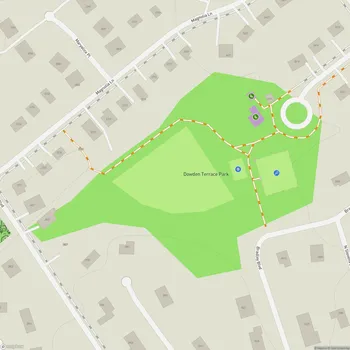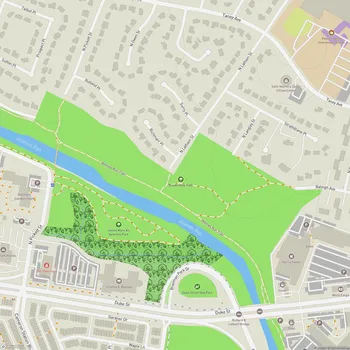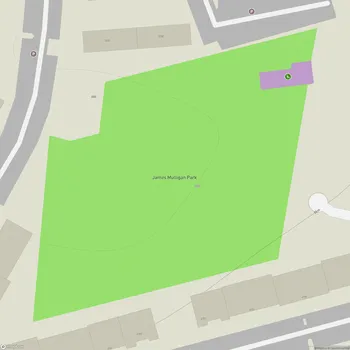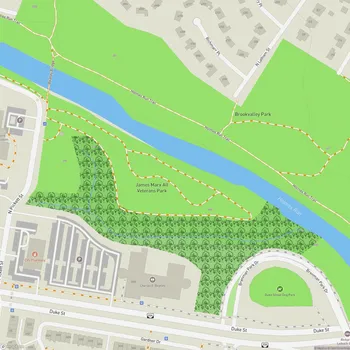Dora Kelley Nature Park
Dora Kelley Nature Park Map
About Dora Kelley Nature Park in Alexandria
Dora Kelley Nature Park is a 50-acre nature preserve located in Alexandria, Virginia. Established in 1973, the park is named after Dora M. Kelley, a long-time Alexandria resident and avid nature lover who advocated for the preservation of this woodland area.
The park encompasses diverse habitats including oak-hickory forest, stream valley floodplain, and freshwater marsh. These ecosystems provide important habitats for various wildlife species, some of which are found nowhere else in Alexandria. Visitors can observe a variety of birds, including tufted titmice, white-breasted nuthatches, belted kingfishers, and several woodpecker species. Occasionally, wild turkeys and bald eagles have been spotted in the park.
A one-mile self-guided nature trail meanders through the park, allowing visitors to explore its natural features. The trail is accompanied by numbered signposts that correspond to interpretive information available in a trail guide, which can be obtained at the adjacent Jerome "Buddie" Ford Nature Center. The nature center offers year-round programs and exhibits on the park's human and natural history.
The park is part of the larger Holmes Run Stream Valley, and the Holmes Run Trail passes through it, connecting to other parts of Alexandria. This makes Dora Kelley Nature Park a valuable link in the local greenway system, providing opportunities for hiking, jogging, and nature observation in an urban setting.
In spring and summer, the park comes alive with a variety of native wildflowers. The freshwater marsh area is particularly active in early spring, when the mating calls of spring peepers and wood frogs can be heard. The park is also home to several species of reptiles and amphibians, including frogs, toads, salamanders, and turtles.
Dora Kelley Nature Park serves as an important educational resource, offering opportunities for environmental studies and nature appreciation in the heart of Alexandria. Its preservation as a natural area provides a glimpse into the region's ecological past and serves as a living laboratory for understanding local ecosystems.




